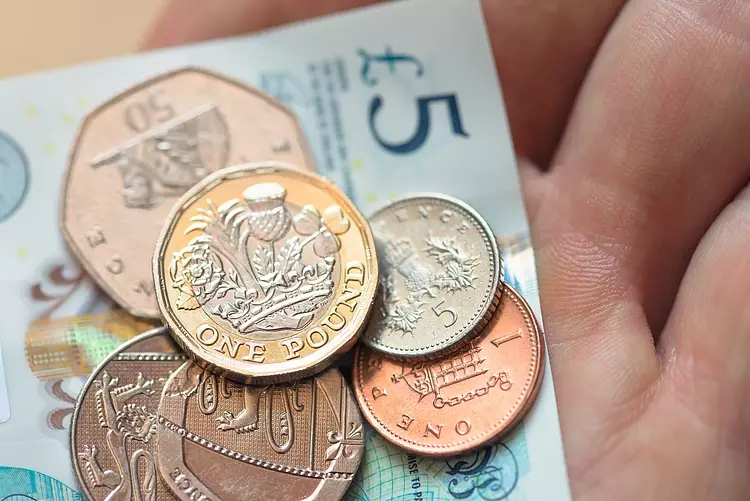The current market speculation surrounding the Bank of England (BoE) lowering interest rates in August has put pressure on the Pound Sterling against the US Dollar. The uncertainty in the UK’s economic outlook, especially in the lead-up to the UK elections, has contributed to this downward trend. The BoE’s decision to keep interest rates at 5.25% was described as ‘finely balanced’, leading investors to believe that rate cuts are imminent. The recent return of annual headline inflation to the desired rate of 2% has further fueled expectations for rate cuts.
Despite the positive inflation data, officials remain wary of persistent service inflation. The slow deceleration of service inflation in May has raised concerns among investors. Additionally, the unexpected slowdown in the service sector, as shown in the preliminary S&P Global/CIPS PMI report, has added to worries about the UK’s economic outlook. Uncertainty surrounding the business environment ahead of the general election has led to a pause in decision-making by firms, contributing to the overall economic slowdown.
The Pound Sterling finds temporary support near 1.2620 against the US Dollar, but its near-term prospects are uncertain. The GBP/USD pair has slipped below key moving averages and Fibonacci retracement levels, indicating a lack of strong momentum. The Relative Strength Index (RSI) also suggests fading upside momentum for the Pound Sterling. The technical analysis paints a challenging picture for the currency pair in the short term.
The Pound Sterling is heavily influenced by the monetary policy decisions of the Bank of England. The primary goal of the BoE is to maintain price stability, with an inflation target of around 2%. The adjustment of interest rates is the main tool used by the BoE to achieve this goal. Higher interest rates attract global investors to the UK, while lower interest rates stimulate economic growth by encouraging borrowing. Economic data releases, such as GDP, PMIs, and employment figures, play a crucial role in shaping the value of the Pound Sterling.
One significant data release that affects the Pound Sterling is the Trade Balance. This indicator measures the difference between a country’s exports and imports over a specific period. A positive trade balance, indicating higher exports than imports, strengthens a currency by increasing foreign demand. On the other hand, a negative trade balance can weaken a currency. The Pound Sterling’s value is directly affected by the performance of the UK’s trade balance.
The Pound Sterling’s value is intricately tied to the Bank of England’s monetary policy decisions and economic data releases. The current market speculation regarding interest rate cuts and concerns over the UK’s economic outlook have put pressure on the currency. Technical analysis of the GBP/USD pair suggests a challenging near-term outlook. Understanding the influence of monetary policy and economic indicators is essential for investors and traders looking to navigate the dynamics of the foreign exchange market.

